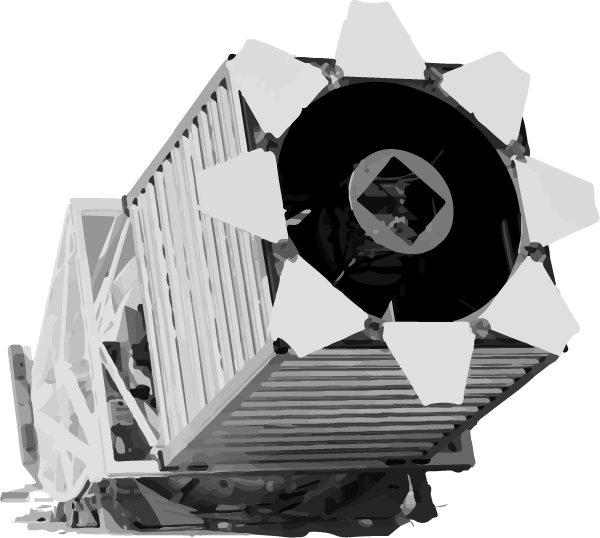
The Sloan Digital Sky Survey has created the most detailed three-dimensional maps of the Universe ever made, with deep multi-color images of one third of the sky, and spectra for more than three million astronomical objects. Learn and explore all phases and surveys—past, present, and future—of the SDSS.
Go to sdss.org

EXPLORE OUR DATA
Go to Data Access
Final SDSS-IV dataset:
Data Release 17
Current SDSS-V data:
Data Release 19
SDSS-IV Final Data Releases
DR17 is the final data release of the SDSS-IV project. Find out more about the content of DR17 on the What’s New in DR17 webpage.
Later Data Releases
The Sloan Digital Sky Survey has continued with a fifth phase. SDSS-V started observing in October 2020. The latest data release of SDSS-V is Data Release 19, available on the main SDSS website.
Surveys in SDSS-V include Milky Way Mapper, Local Volume Mapper and Black Hole Mapper.
News
SDSS Press Releases
- Galaxies, Assemble!: MaNGA team releases largest-ever collection of 3-D maps of nearby galaxies
by Jordan Raddick on January 11, 2022 at 7:21 pm
- SDSS-V’s robots turn their eyes to the sky
by Jordan Raddick on January 11, 2022 at 6:16 pm
SDSS Science Blog
- A Statement of Solidarity
by Rachael Beaton on June 4, 2020 at 3:18 pm
- Where does my favourite MaNGA galaxy live? ¿Dónde vive mi galaxia MaNGA favorita?
by Anne-Marie Weijmans on January 10, 2019 at 1:18 am
The Sloan Digital Sky Survey has been one of the most successful surveys in the history of astronomy.
Learn about our rich scientific history, explore and analyze the data, and use our resources in science education.
Looking for the original SDSS.org website? It and Data Releases 1-7 are fully intact and can now be found on the “SDSS Classic” website.
We continue to maintain the SDSS3.org website. Data Releases 8-10 can be found there.
Acknowledgments
Funding for the Sloan Digital Sky Survey IV has been provided by the Alfred P. Sloan Foundation, the U.S. Department of Energy Office of Science, and the Participating Institutions. SDSS acknowledges support and resources from the Center for High-Performance Computing at the University of Utah. The SDSS web site is www.sdss4.org.
SDSS is managed by the Astrophysical Research Consortium for the Participating Institutions of the SDSS Collaboration including the Brazilian Participation Group, the Carnegie Institution for Science, Carnegie Mellon University, Center for Astrophysics | Harvard & Smithsonian (CfA), the Chilean Participation Group, the French Participation Group, Instituto de Astrofísica de Canarias, The Johns Hopkins University, Kavli Institute for the Physics and Mathematics of the Universe (IPMU) / University of Tokyo, the Korean Participation Group, Lawrence Berkeley National Laboratory, Leibniz Institut für Astrophysik Potsdam (AIP), Max-Planck-Institut für Astronomie (MPIA Heidelberg), Max-Planck-Institut für Astrophysik (MPA Garching), Max-Planck-Institut für Extraterrestrische Physik (MPE), National Astronomical Observatories of China, New Mexico State University, New York University, University of Notre Dame, Observatório Nacional / MCTI, The Ohio State University, Pennsylvania State University, Shanghai Astronomical Observatory, United Kingdom Participation Group, Universidad Nacional Autónoma de México, University of Arizona, University of Colorado Boulder, University of Oxford, University of Portsmouth, University of Utah, University of Virginia, University of Washington, University of Wisconsin, Vanderbilt University, and Yale University.


